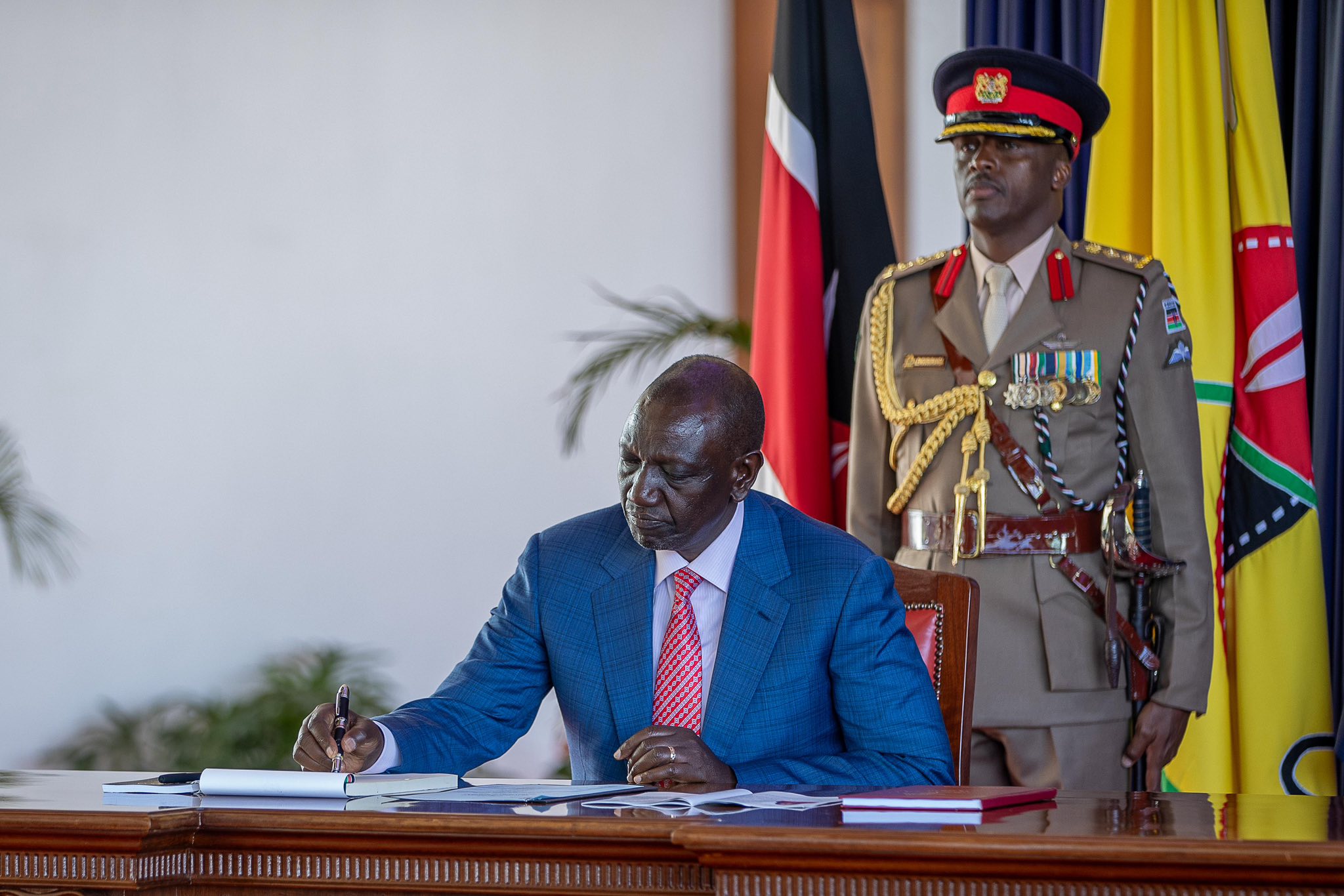Kenya has received 17 rare mountain bongos from the United States, marking a significant step in the country's efforts to restore the population of the critically endangered species.
In a statement on Monday, February 24, the Kenya Wildlife Service (KWS) said the initiative is expected to boost wildlife preservation, create jobs and improve local community livelihoods.
"Kenya has just welcomed back 17 mountain bongos from the USA, a monumental step in our conservation efforts! This initiative not only enhances our leadership in wildlife preservation but also aims to revive the critically endangered species, boosting their population and creating jobs while improving community livelihoods. As we grow the mountain bongo population, we anticipate more tourists and increased revenue for Kenya," KWS said.

Read More
On her part, Tourism Cabinet Secretary Rebecca Miano described the arrival of the mountain bongos as emotional and cool, noting that it is a double benefit for Kenya's tourism.
"It is a very blessed Sunday because we have a rare coincidence because we are here to receive 17 mountain bongos who are coming to Kenya; it is a very rare breed and I think our country is growing to another level.
"This is a double benefit for tourism and conservation, and I really want to thank everyone [involved]. It is a huge operation and something that I've never experienced," the CS said.

Mountain bongos are a rare and critically endangered subspecies of bongo antelope found in the montane forests of Kenya.
They are distinct from their lowland relatives due to their darker, richer reddish-brown coats, white stripes, and robust bodies adapted for high-altitude living.
These antelopes primarily inhabit the dense, misty forests of the Aberdare Mountains and Mount Kenya.
With males weighing up to 400 kg, their diet consists of leaves, shoots, bark, and fruits.
Unlike lowland bongos, mountain bongos tend to be more solitary and elusive and are rarely seen in the wild, which adds to their mystique.










